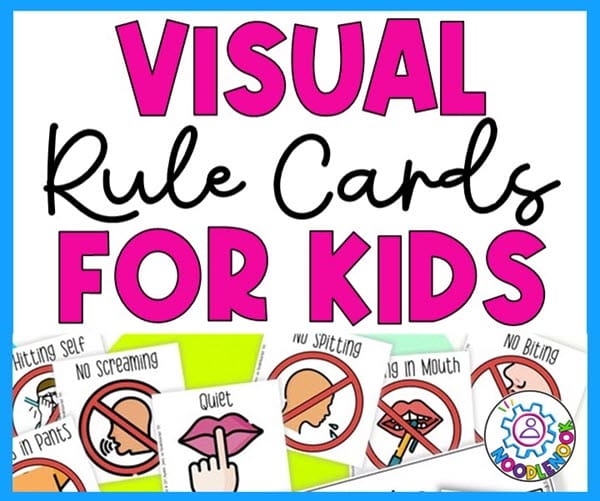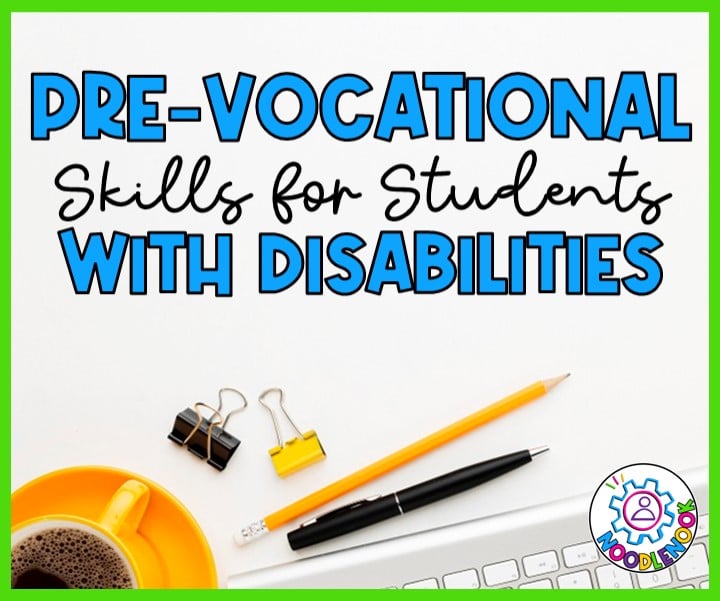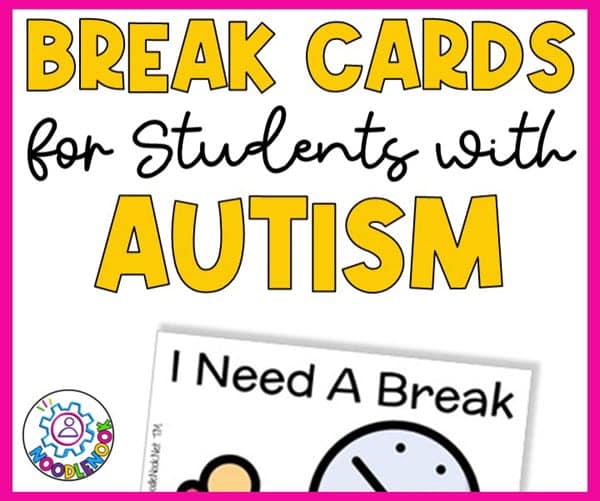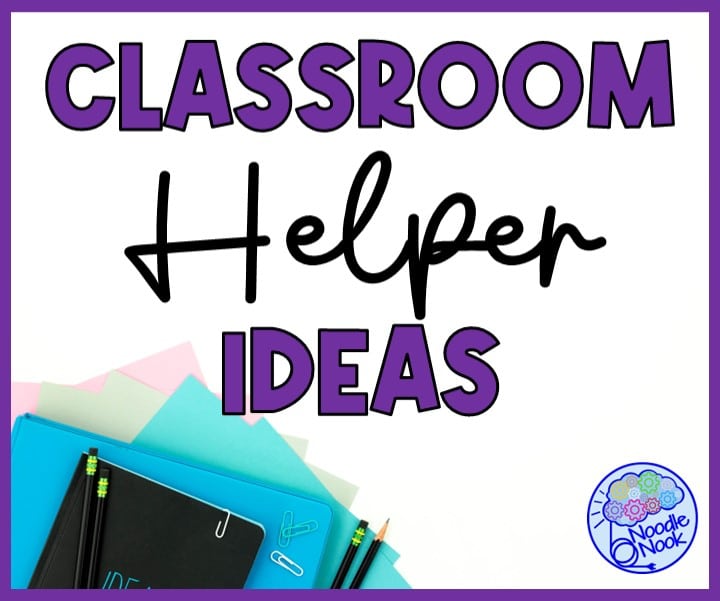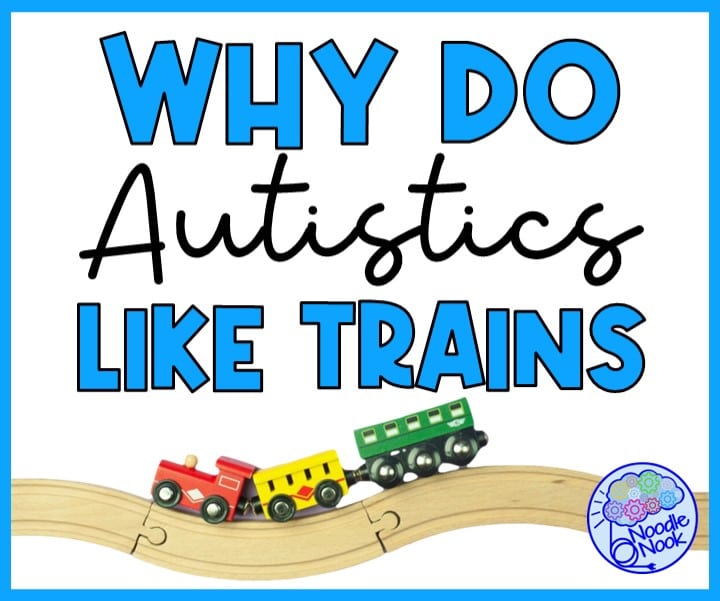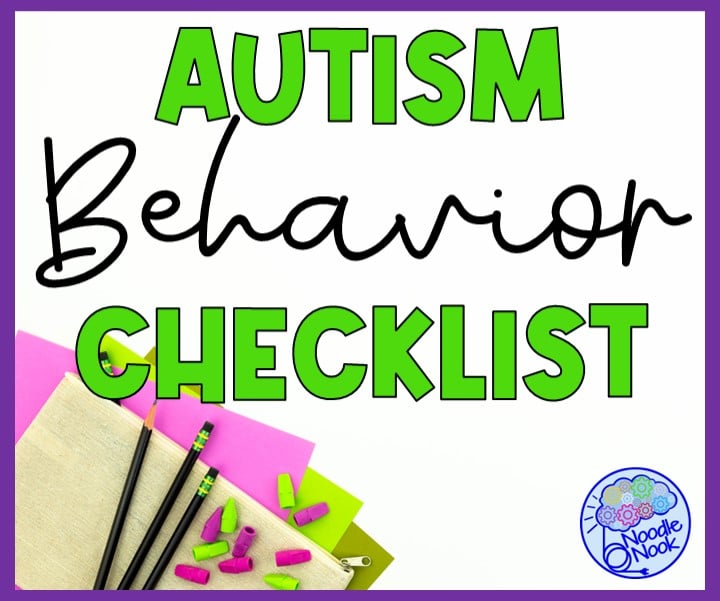Have you ever wondered why people with autism spectrum disorder have a strong affinity for trains? As a K-12 teacher, you may have noticed some of your autistic students expressing a keen interest in train-related activities, such as playing with toy trains or reciting train numbers. Trains, with their predictability, technical details, and sensory experiences, are a perfect fit for the intense interests that many autistic individuals have. In this blog post, we’ll explore exactly why do autistic people like trains so much and how you can use this knowledge to better support students with autism in your classroom. So, all aboard!

